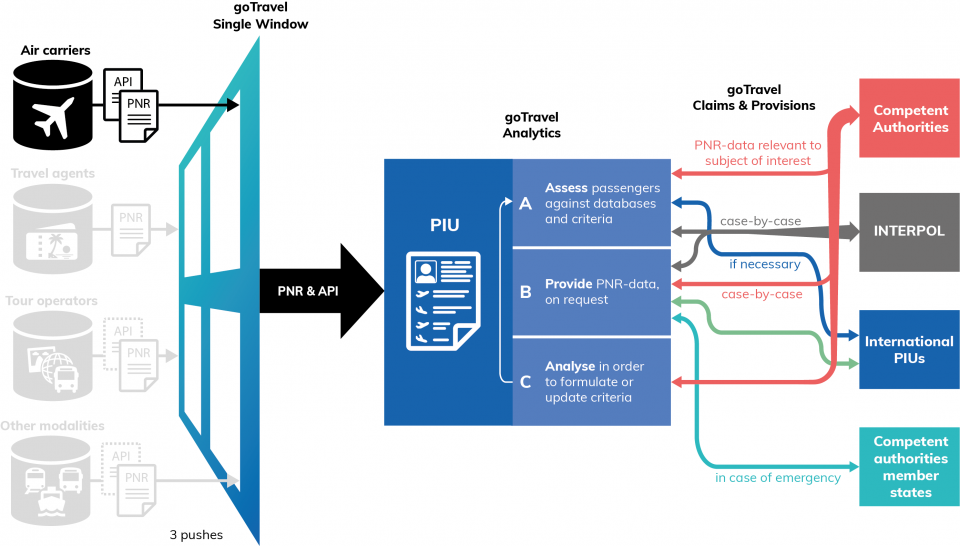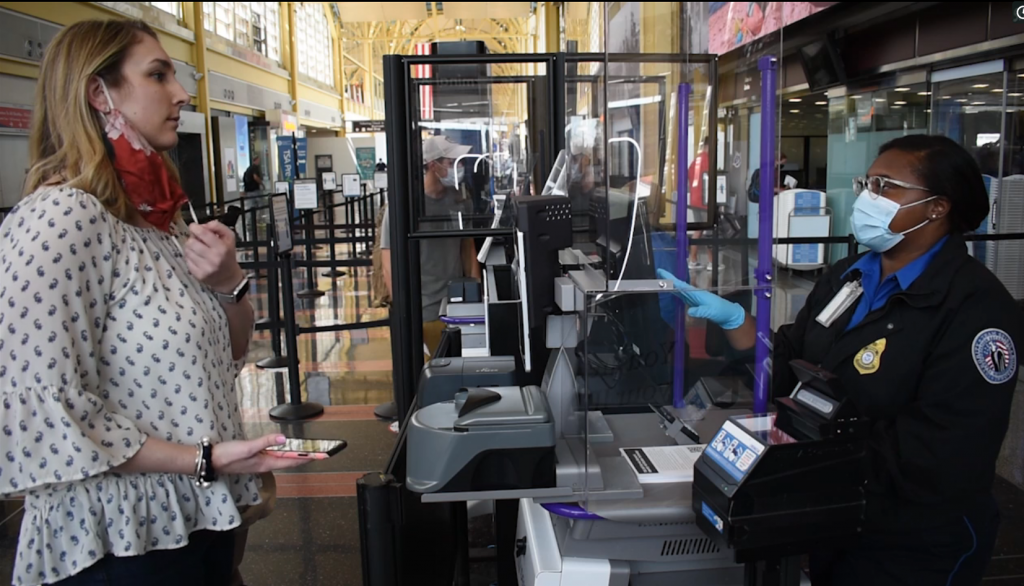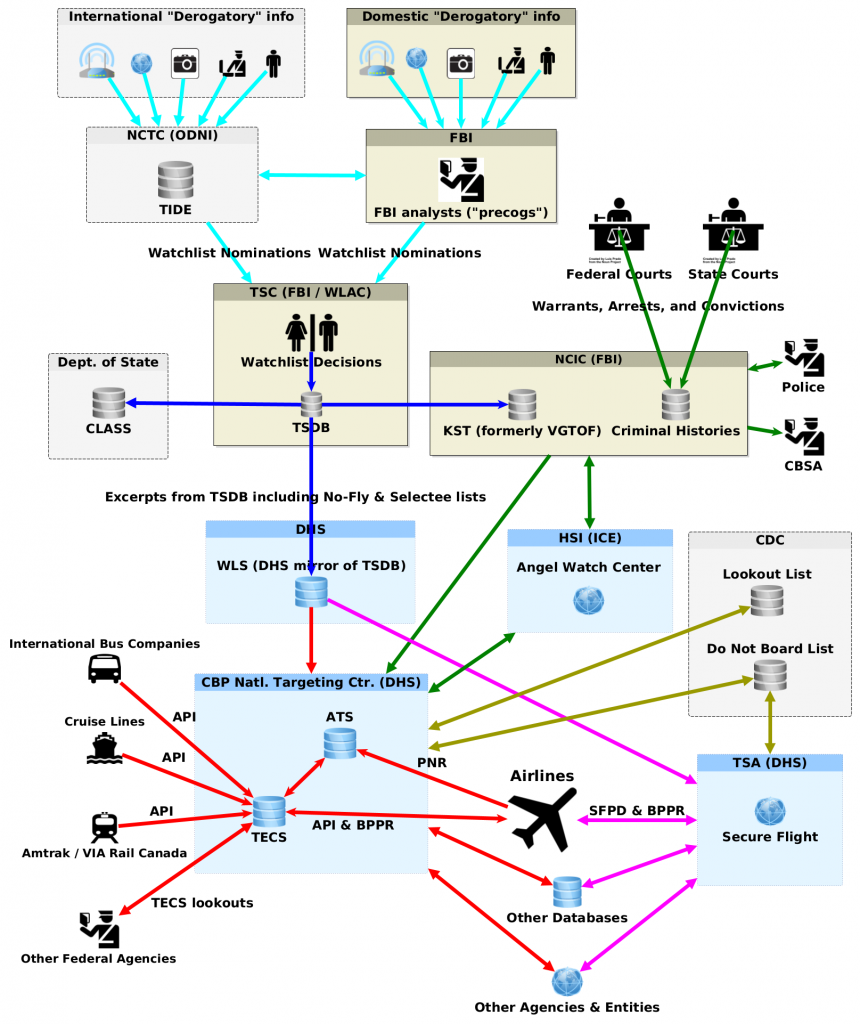A Request For Information (RFI) posted on a website for Federal government contractors gives a glimpse into the degree to which the Department of Homeland Security (DHS) has embedded itself into the information technology infrastructure of the airline industry.
The RFI for Services to Electronically Transmit Airline Data was posted April 5, 2021, by US Customs and Border Protection (CBP). Responses from potential vendors are due by April 19, 2021.
CBP says it is “conducting market research to gain a greater understanding of the full range of available options for services for obtaining names and related information of passengers who are arriving and departing the U.S. on commercial airlines.” Although the RFI was put out by CBP, which surveils and controls international air travel and cargo transport to and from the US, it appears to contemplate integration with the parallel systems used by the Transportation Security Administration (TSA) for data-driven surveillance and control of domestic US air travel as well.
According to the RFI:
CBP is evaluating transmission options for air carriers to use in compliance with these requirements.
- The vendor must have established connectivity with the airline community.
- The vendor must be able to test and certify with the air carriers, the vendor, CBP and TSA as required.
For those unfamiliar with the “parallel universe” of airline IT and data communications networks, this RFI might best be conceptualized by analogy to the specifications for the equipment — revealed by whistleblower Mark Klein — that was installed in the facilities of AT&T and other telecommunications companies to provide real-time copies of message data to the National Security Agency (NSA).
While the NSA receives metadata about the movements of our messages in the form of telephone calls, email messages, Web browsing, and other Internet traffic, CBP receives metadata about the movements of our physical bodies, whenever we travel by air, in the form of, according to the RFI, “Passenger Name Records (PNR), air cargo manifests, advance passenger information (API), passenger manifests, and other airline-related data.”
The TSA receives a similar but somewhat different dataset of all domestic airline flights in the form of Secure Flight Passenger Data (SFPD).
The RFI requests information from vendors that already have “an available global private network primarily used by the aviation industry to enable the aviation industry to send/receive API, PNR, and other information to CBP and other entities.”
The gateways provided by these vendors would also, presumably, position these vendors to serve other governments wanting to surveil and control air travel while using common gateways to connect to airlines without having to connect to each airline separately.
As the NSA did with telecommunications companies, CBP embeds itself in vendors’ data centers and message switching hubs:
The contractor shall provide the following to permit the electronic transmission of airline data to CBP’s computer network and host systems:
Provide Ethernet Internet Protocol (IP) connections to the contractor’s private global network. CBP routers are located on vendor’s premises. Contractor provides physical space at their datacenter(s) to include ¼ communications rack to house DHS/CBP co-located equipment that connects to the contractor’s private global network.
Unlike the “black boxes” installed in AT&T and other telecommunications and Internet switching centers to send mirror copies of messages to the NSA, the CBP/DHS connection to the global airline reservation cloud is bidirectional. The role of the DHS is not limited to passive surveillance, which would require only a unidirectional data feed. DHS exercises positive permission-based prior restraint and control of the issuance of each boarding pass, which requires reliable real-time transmission of Boarding Pass Printing Result (BPPR) permission messages from DHS to airline check-in counters and Web check-in systems worldwide.
Currently, each airline has the option of connecting directly to CBP for bi-directional transmission of PNR and API data and receipt of BPPR messages through a virtual private network using CBP-specified protocols and vendors, or connecting to DHS through one of two vendors approved by CBP to act as intermediaries: ARINC or SITA.
Read More →


